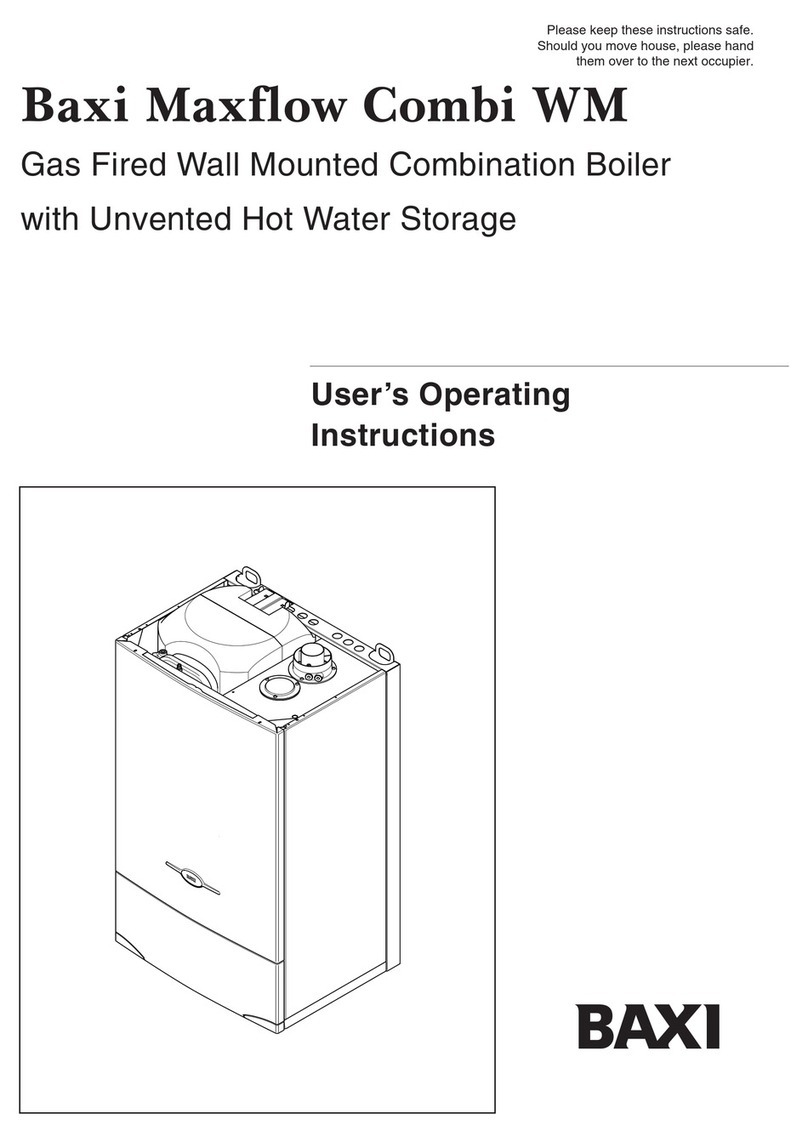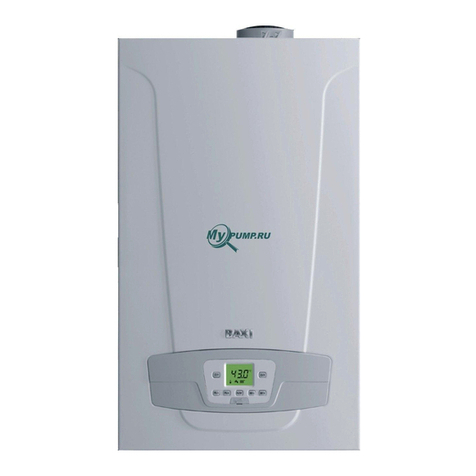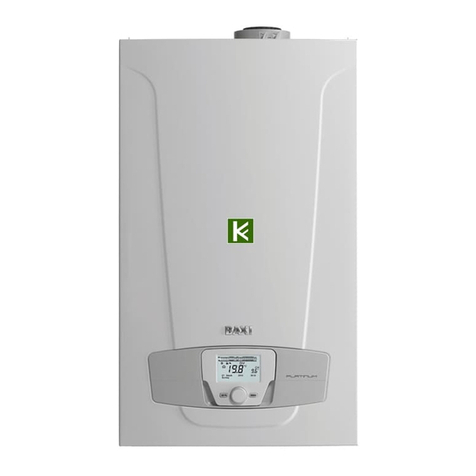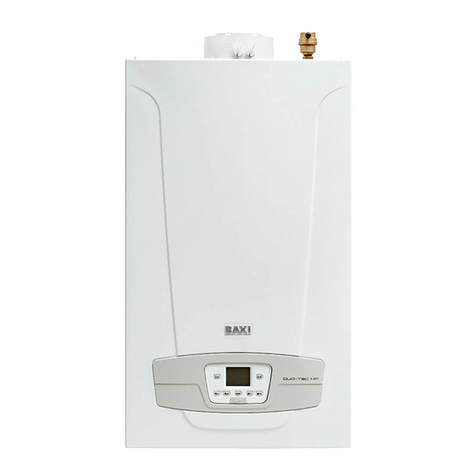Baxi Slim HP User manual
Other Baxi Boiler manuals

Baxi
Baxi Avanta Heat Only 15h User manual

Baxi
Baxi UB SC 120 Operating and maintenance manual

Baxi
Baxi COMBI 228 User manual
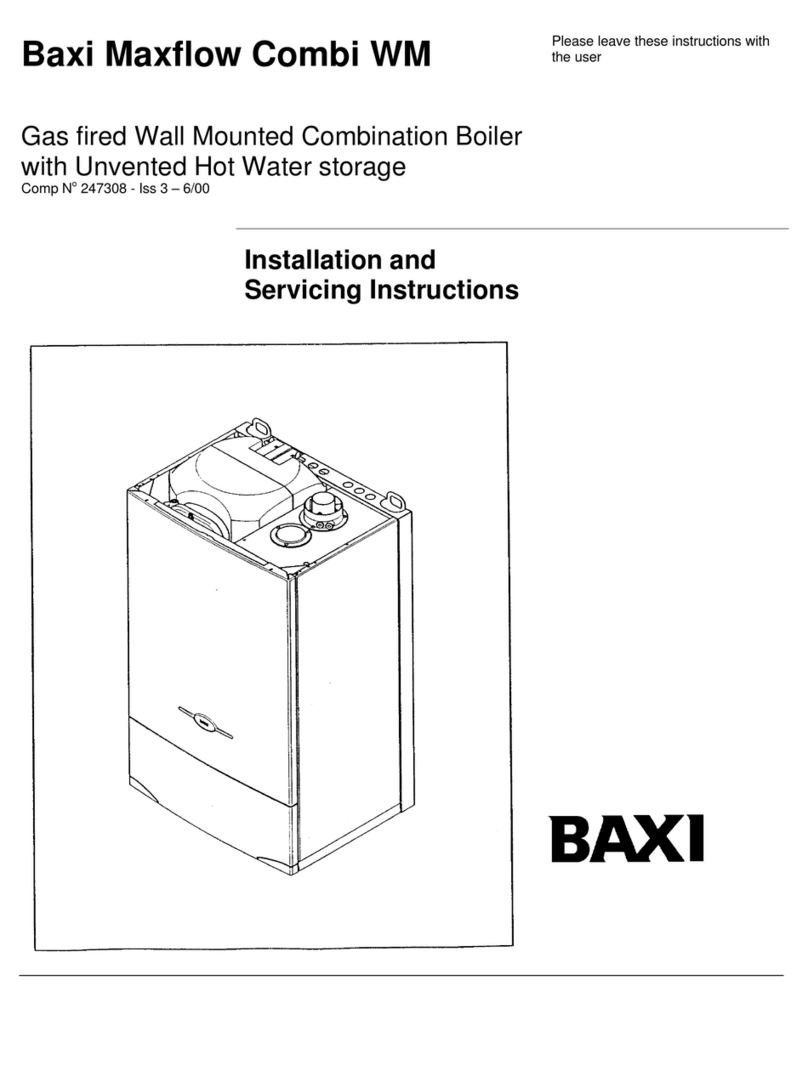
Baxi
Baxi Maxflow Combi WM User guide

Baxi
Baxi Combi 105 HE Operation instructions

Baxi
Baxi Slim 1.230 FiN Use and care manual

Baxi
Baxi Baxi Avanta Plus 18s Instruction Manual

Baxi
Baxi LUNA HT 380 Instruction Manual
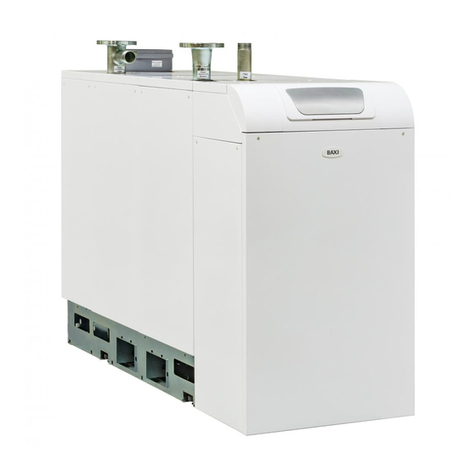
Baxi
Baxi POWER HT-A 1.430 User manual

Baxi
Baxi Solo 3 30 PF User guide
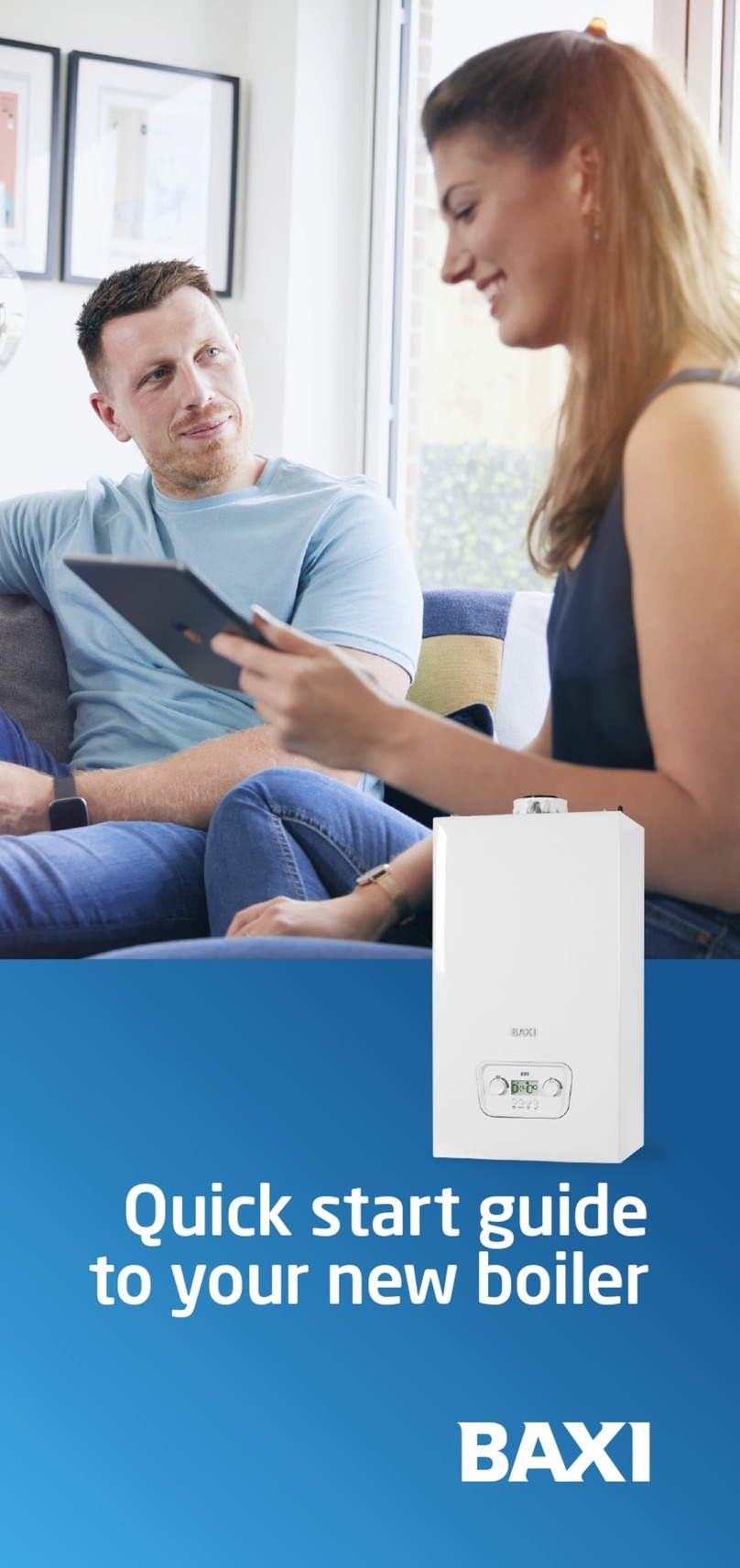
Baxi
Baxi 600 System 2 User manual

Baxi
Baxi Combi 133 HE Plus Release note
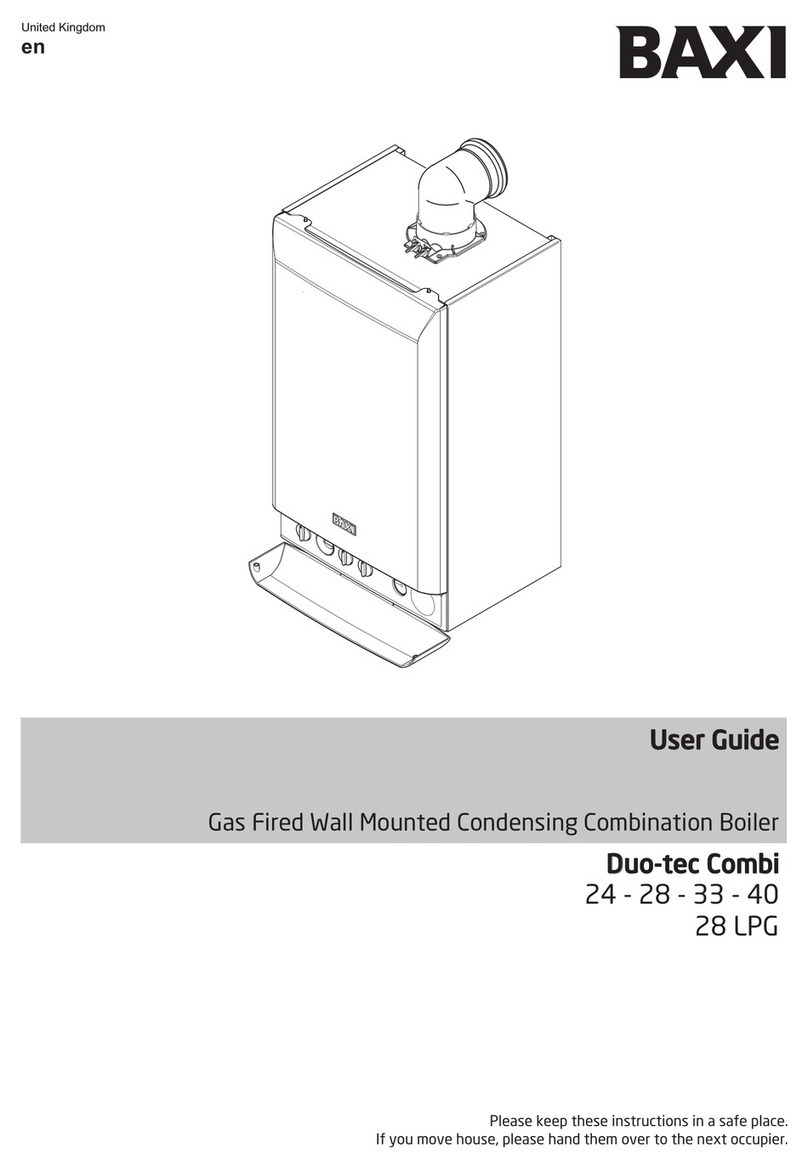
Baxi
Baxi MainEco Combi 24 User manual
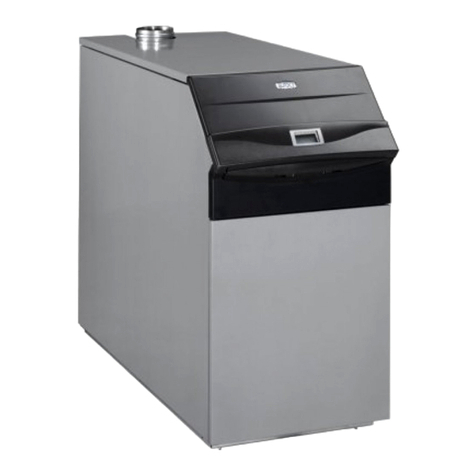
Baxi
Baxi Power HT 1.850 User manual
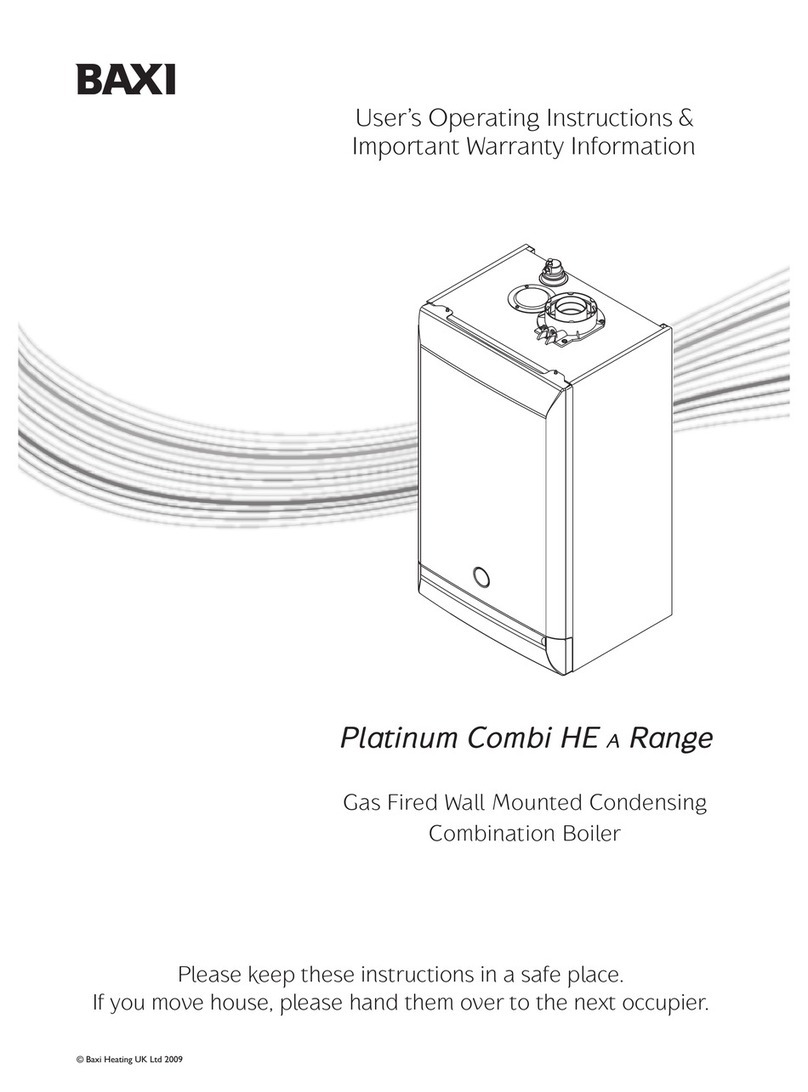
Baxi
Baxi Duo-tec Combi 24 HE A Operation instructions
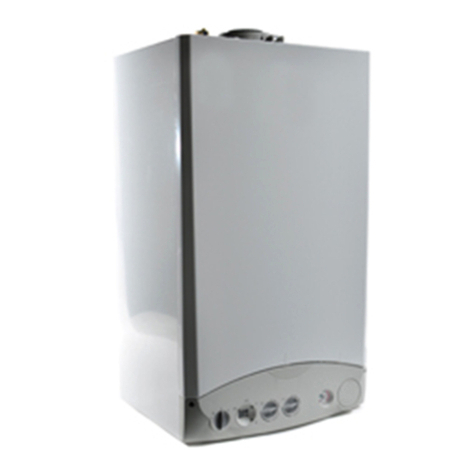
Baxi
Baxi LUNA HT 1.330 User manual
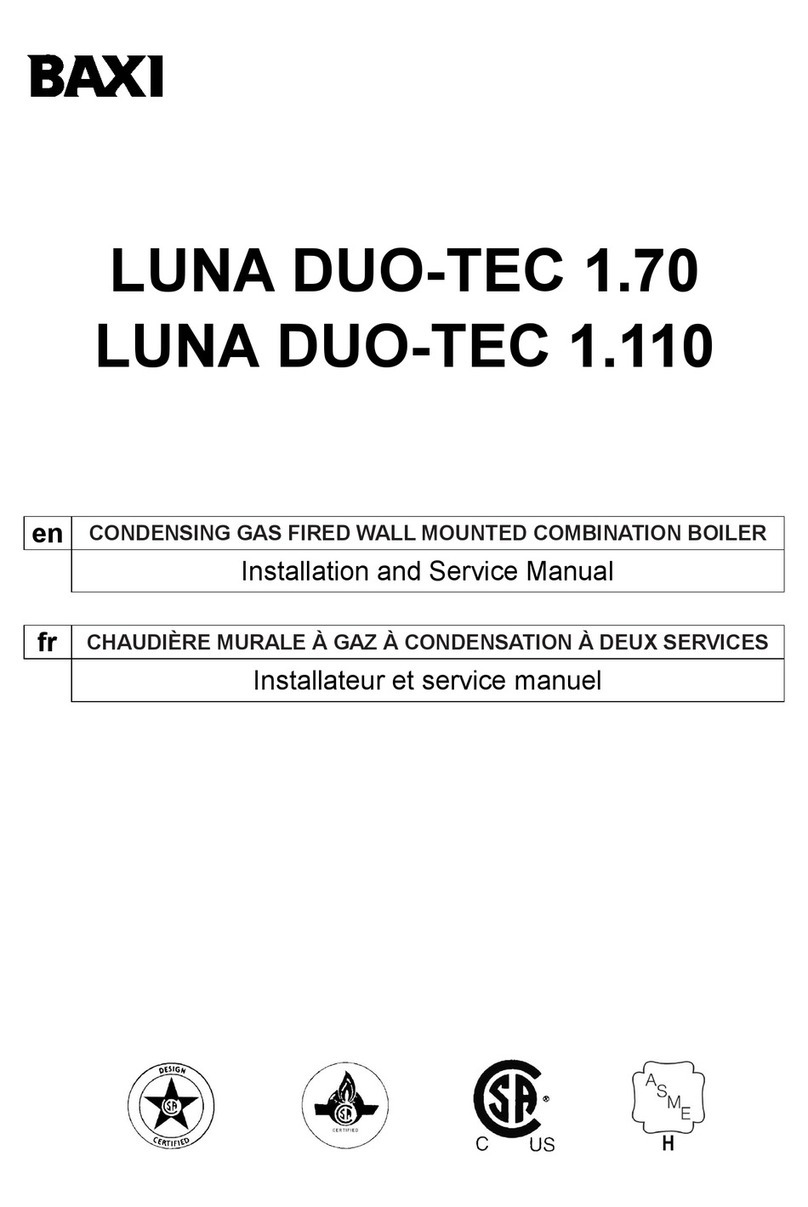
Baxi
Baxi LUNA DUO-TEC 1.70 User manual
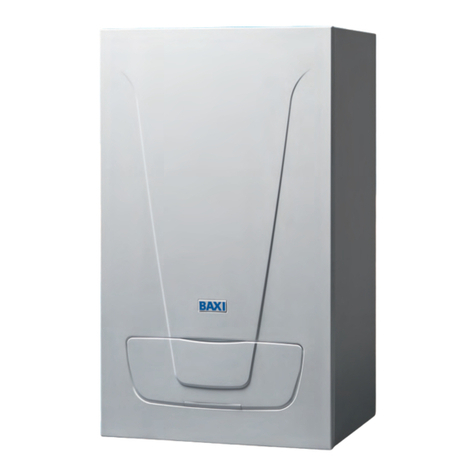
Baxi
Baxi EcoBlue System 12 Manual

Baxi
Baxi LUNA HT 1.650 Manual

Baxi
Baxi Duo-tec Combi HE a Range User guide
Popular Boiler manuals by other brands
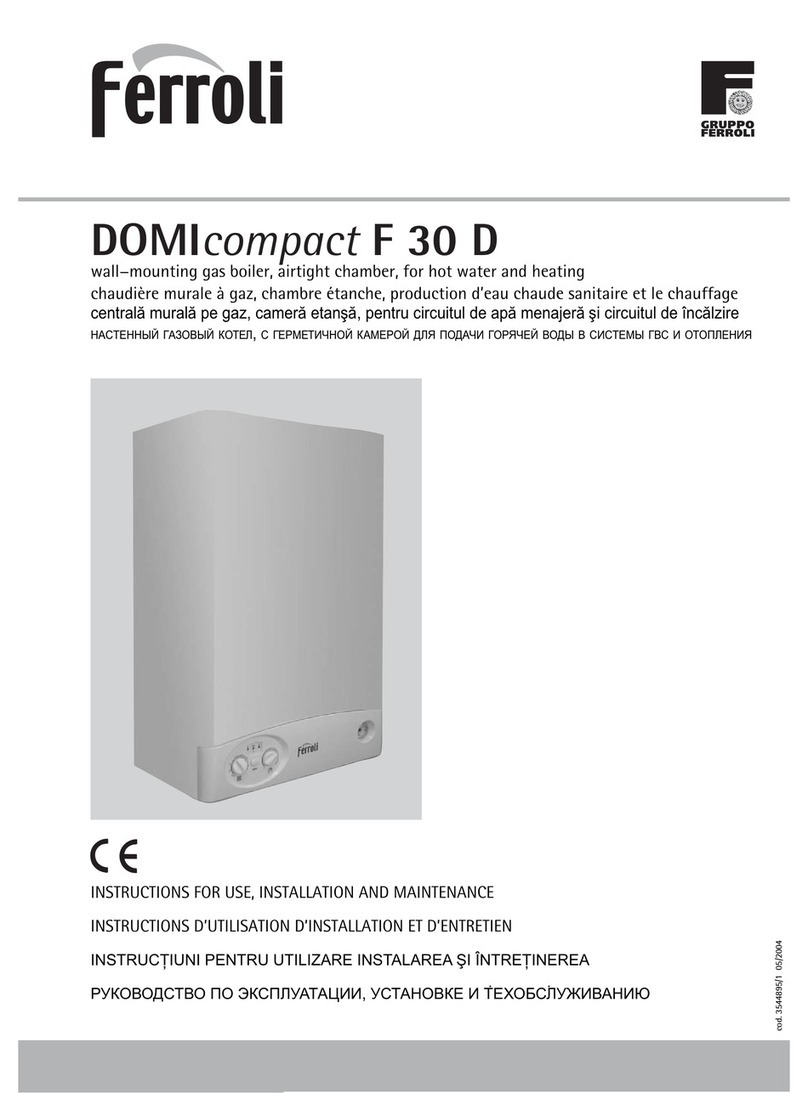
Ferroli
Ferroli DOMIcompact F 30 D null

Vaillant
Vaillant uniSTOR VIH SW GB 500 BES operating instructions

Radijator
Radijator BIO max 23.1 instruction manual

Brunner
Brunner BSV 20 Instructions for use

Buderus
Buderus Logamax GB062-24 KDE H V2 Service manual

Potterton
Potterton 50e Installation and Servicing Manual

UTICA BOILERS
UTICA BOILERS TriFire Assembly instructions
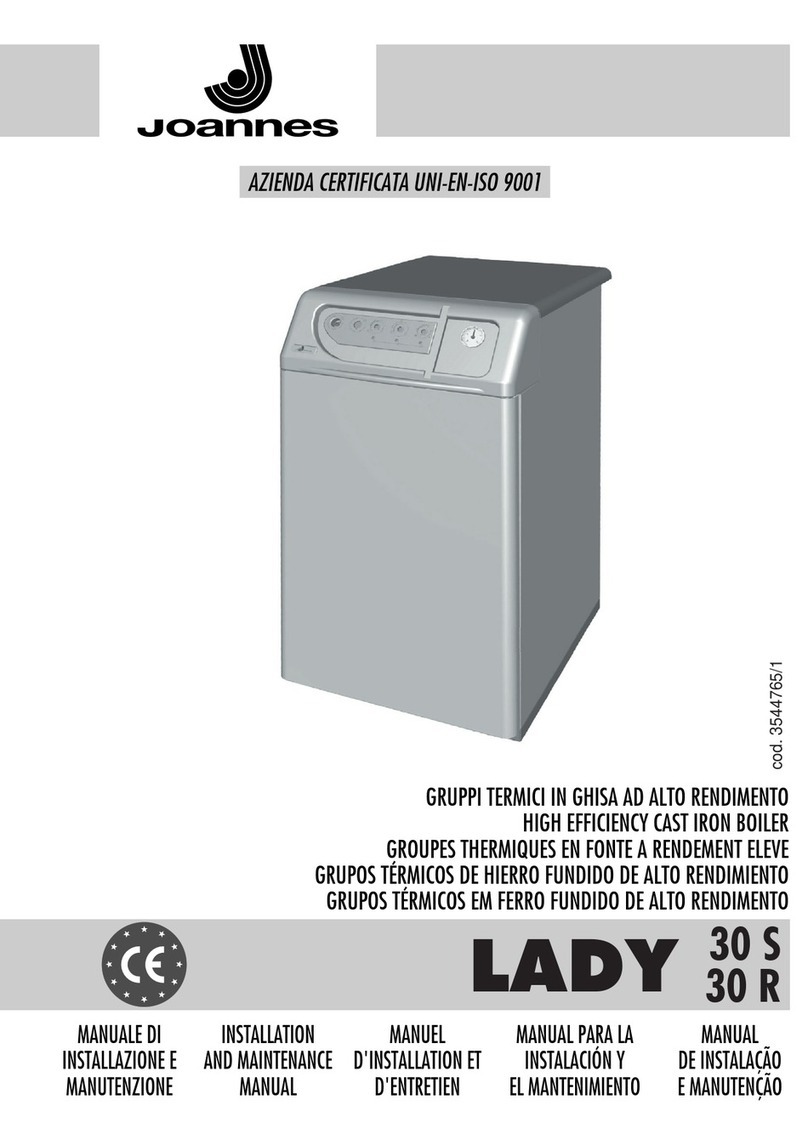
Joannes
Joannes LADY Series Installation and maintenance manual

ECR International
ECR International UB90-125 Installation, operation & maintenance manual
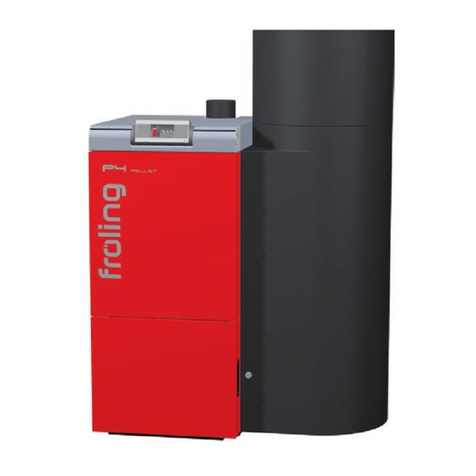
Froling
Froling P4 Pellet 8 - 105 installation instructions
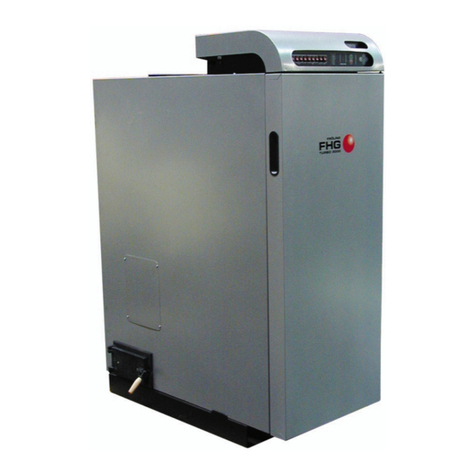
Froling
Froling FHG Turbo 3000 operating instructions

U.S. Boiler Company
U.S. Boiler Company K2 operating instructions
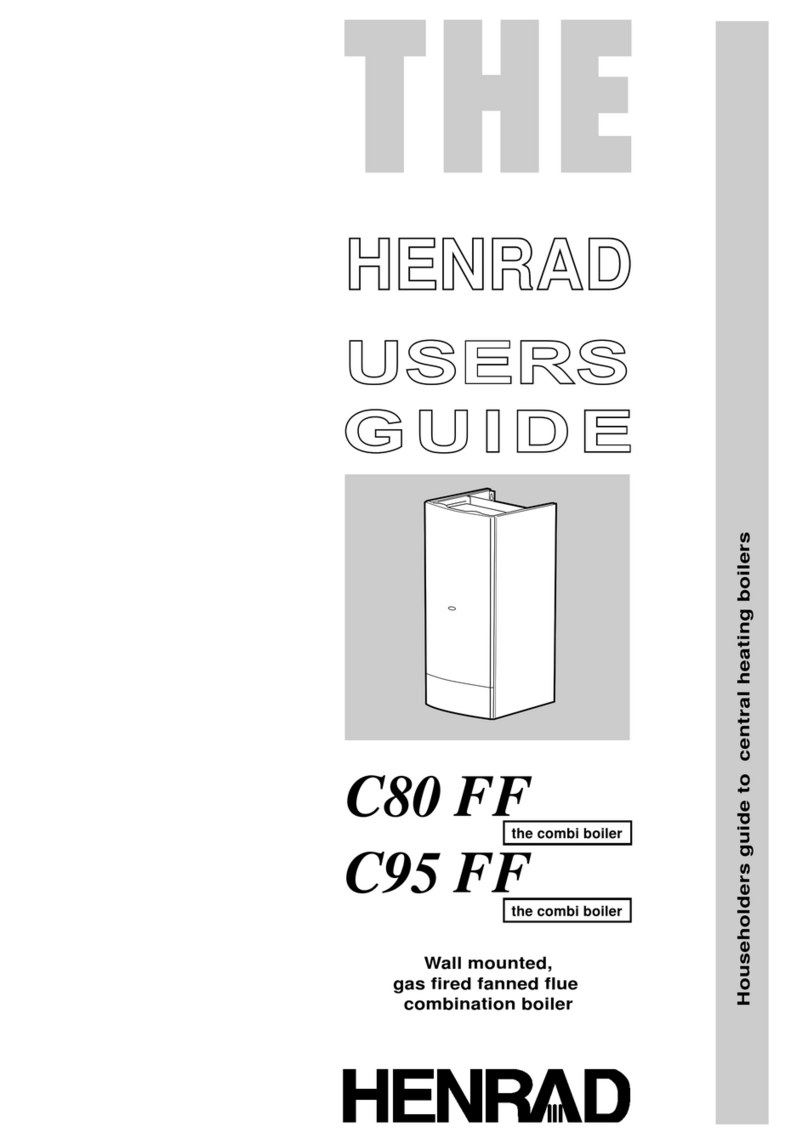
Henrad
Henrad C95 FF user guide

NeOvo
NeOvo EcoNox EF 36 user guide

Potterton
Potterton PROMAX SL 12 user guide
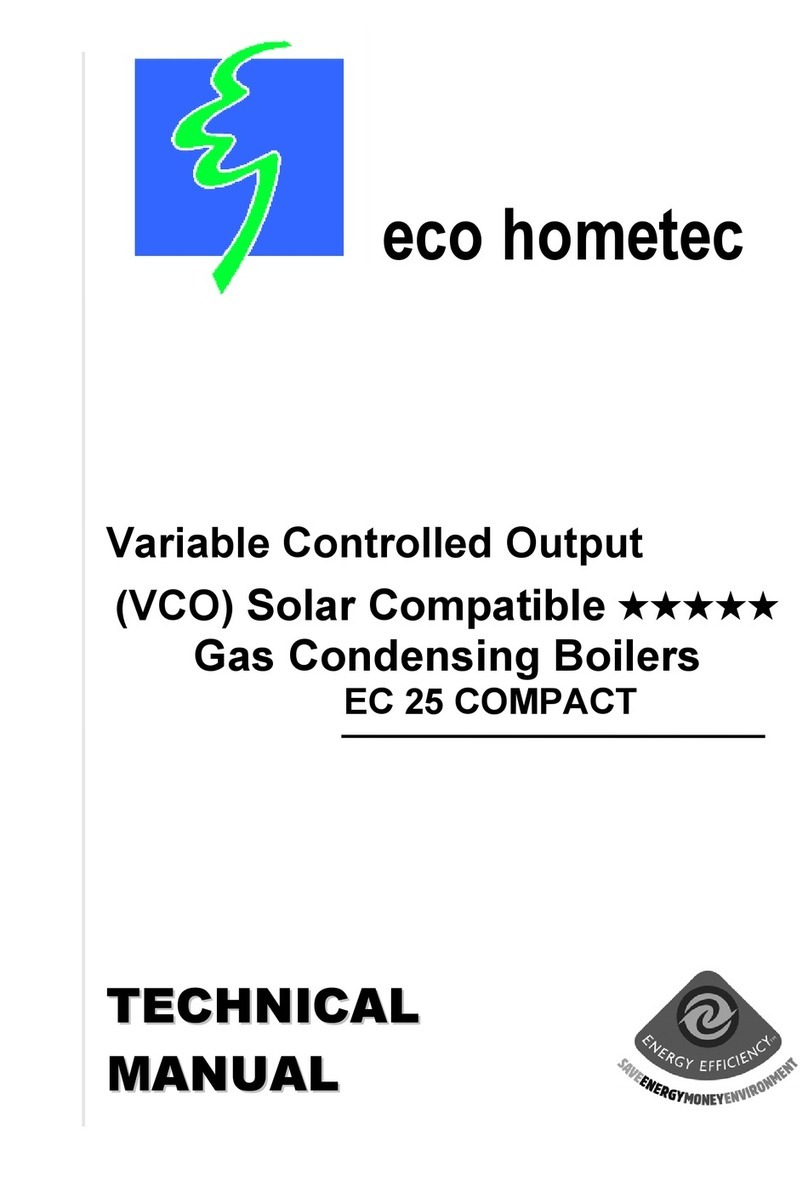
Eco Hometec
Eco Hometec EC 25 COMPACT Technical manual

Viessmann
Viessmann VITODENS 200 Operating instructions and user's information manual
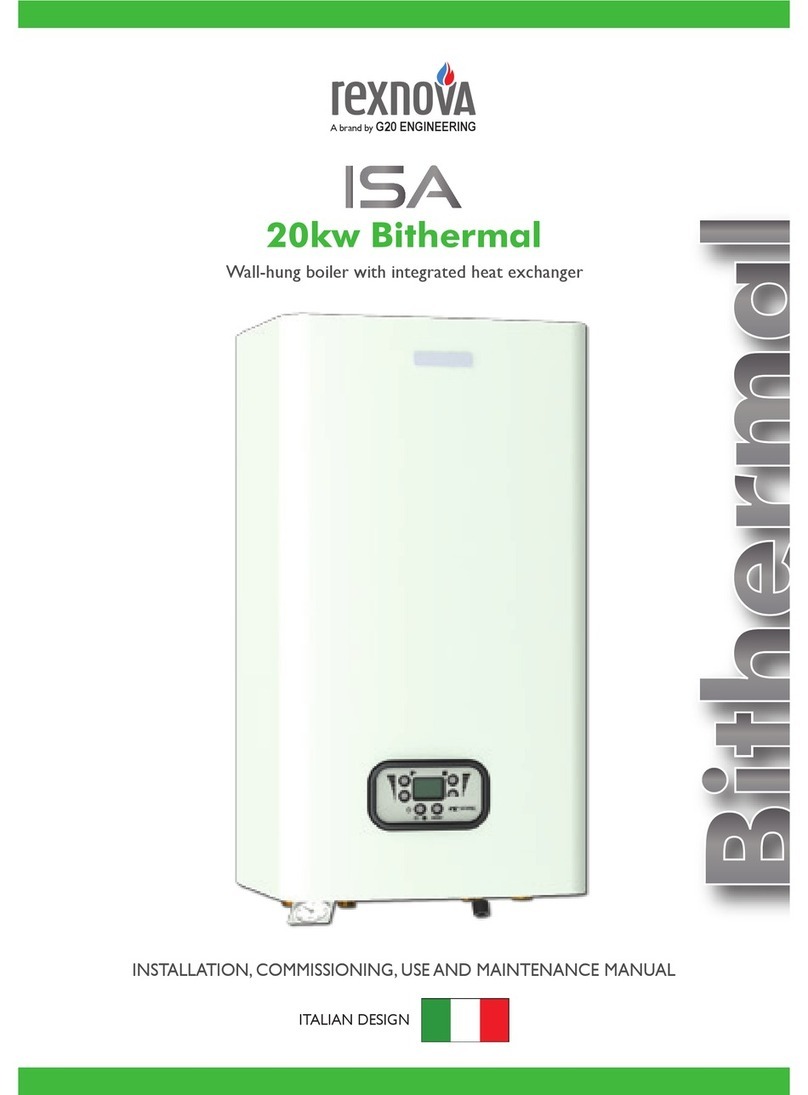
REXNOVA
REXNOVA ISA 20 BITHERMAL Installation, use and maintenance manual
